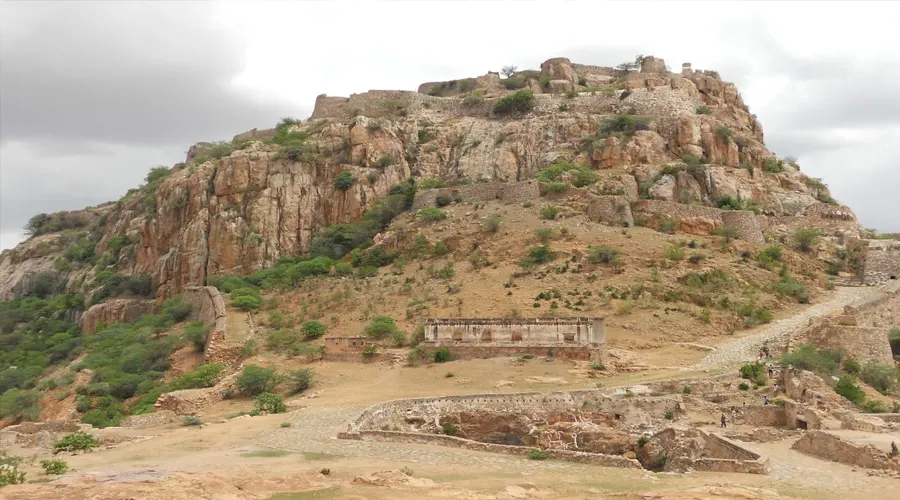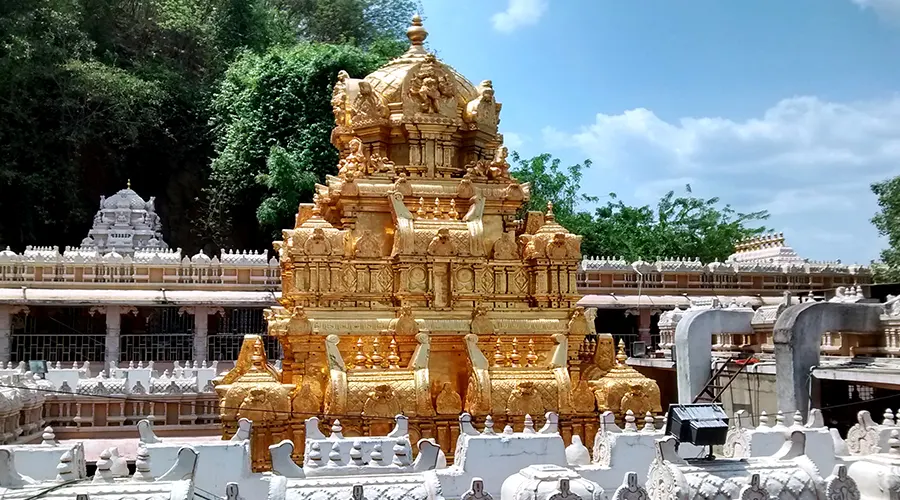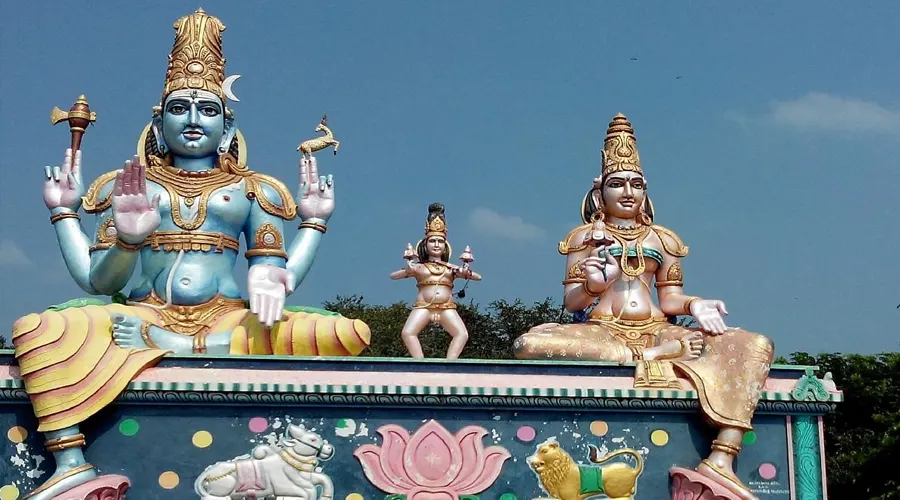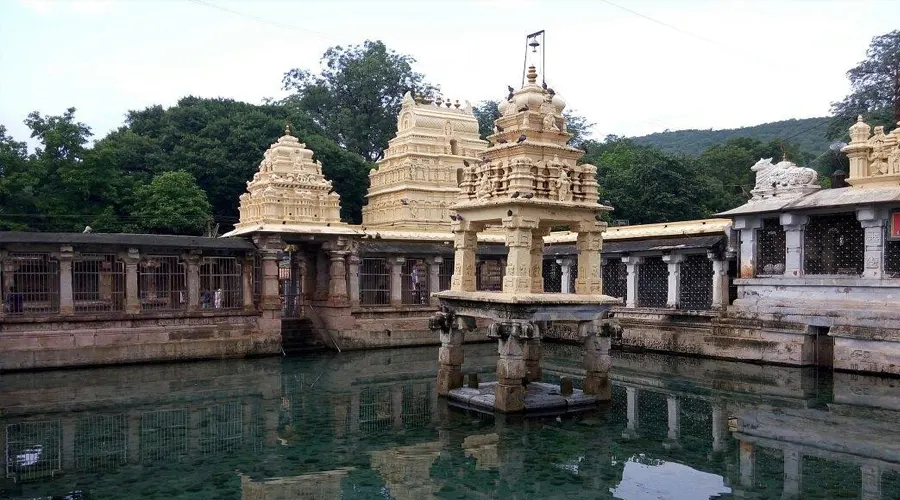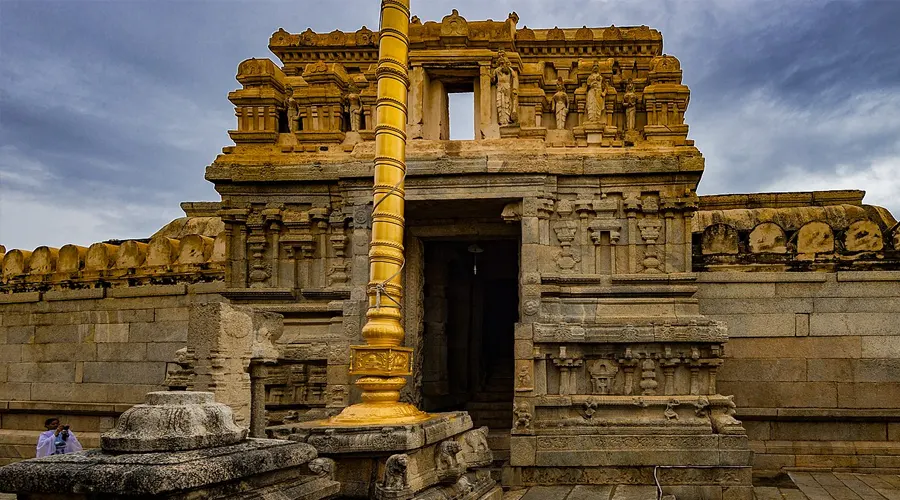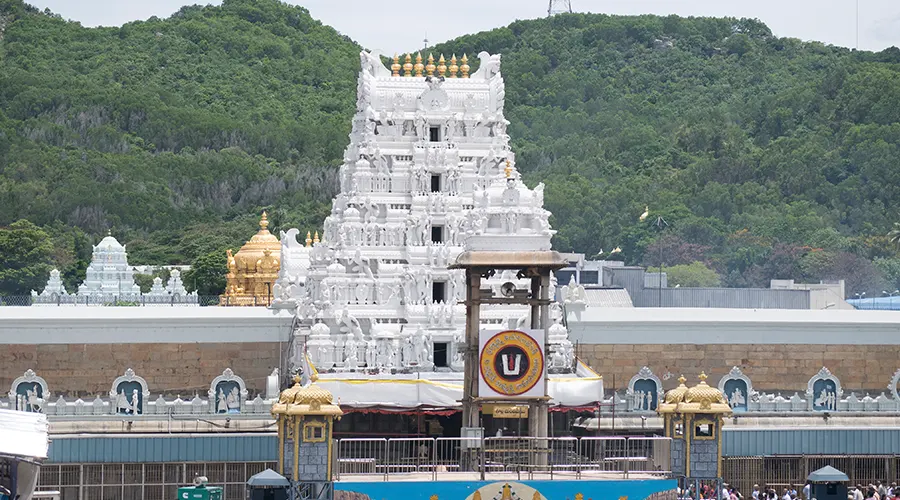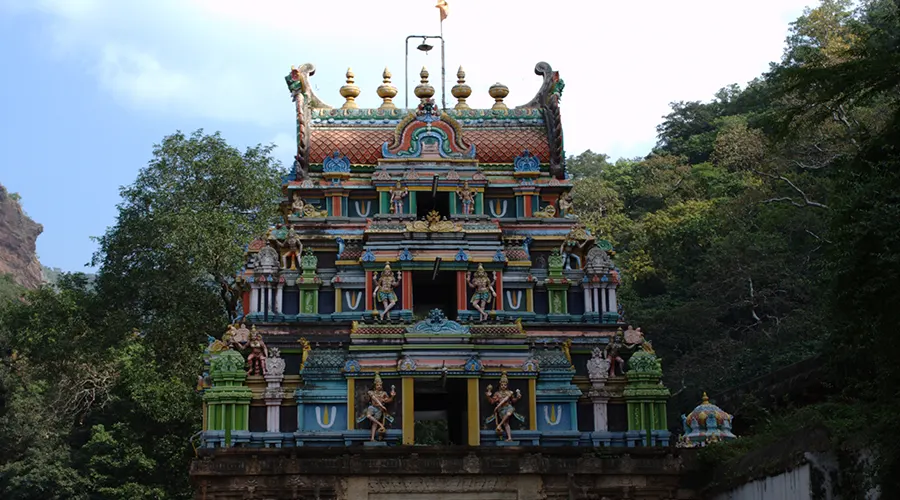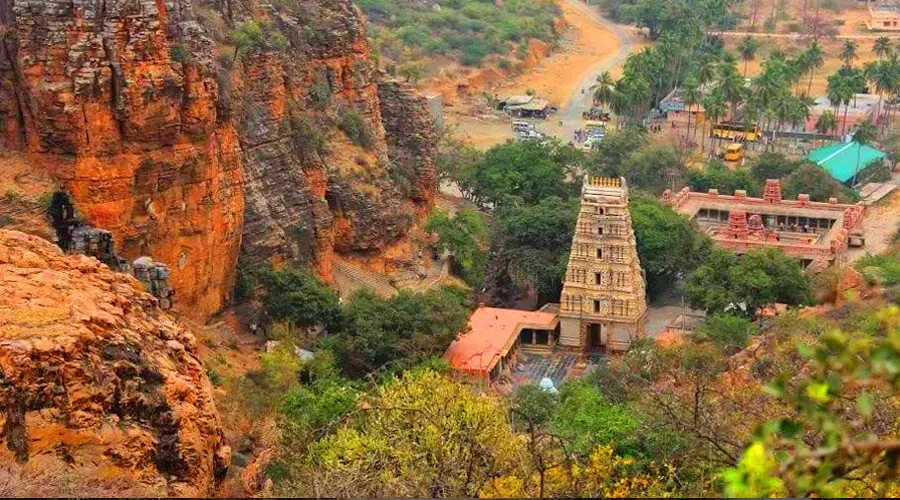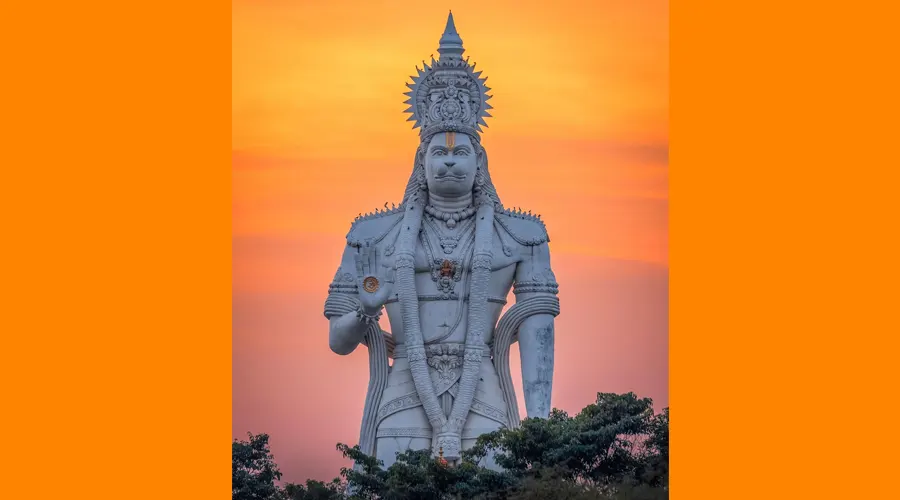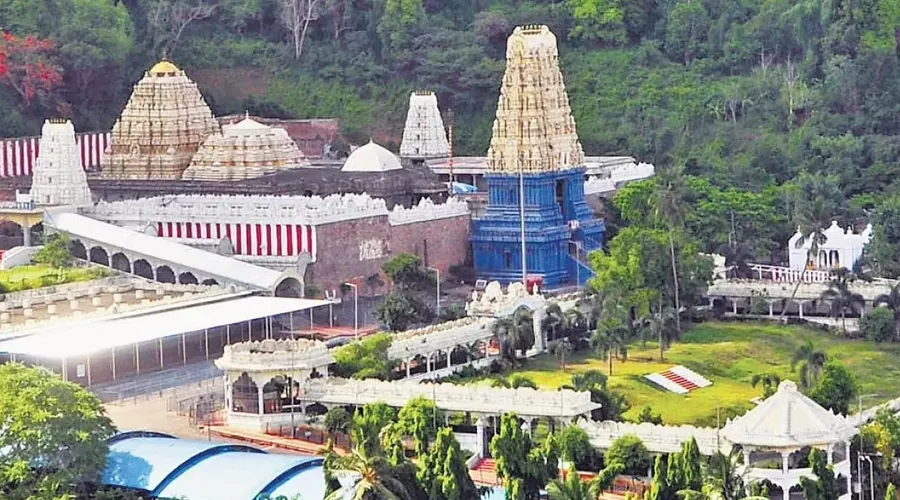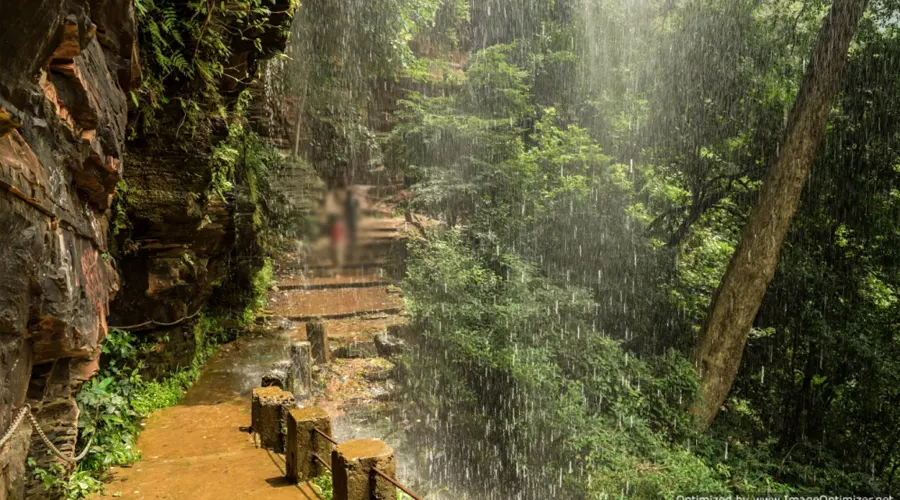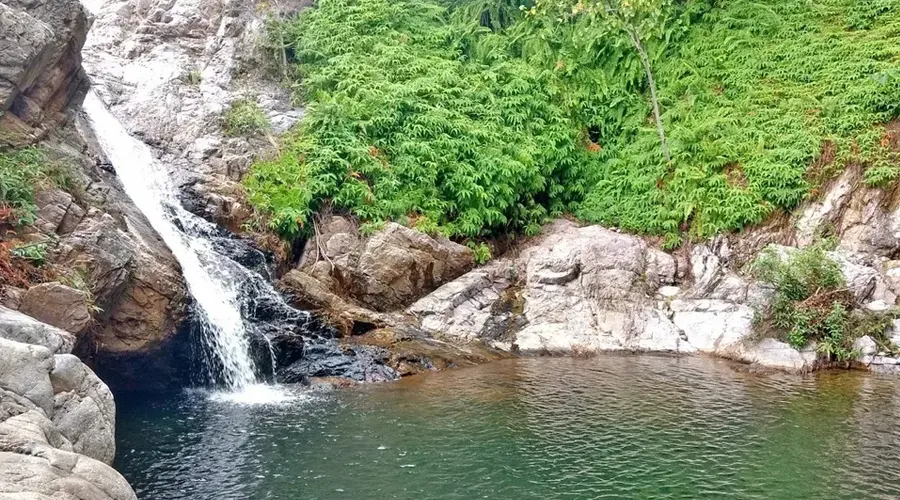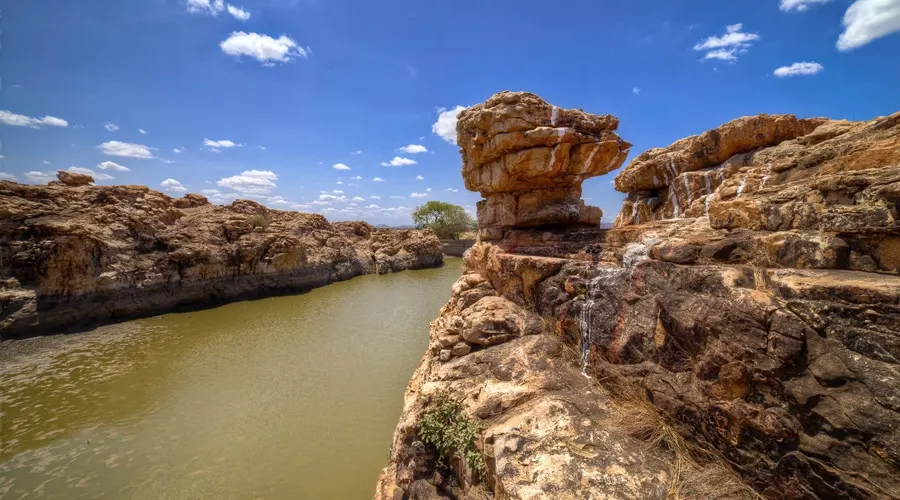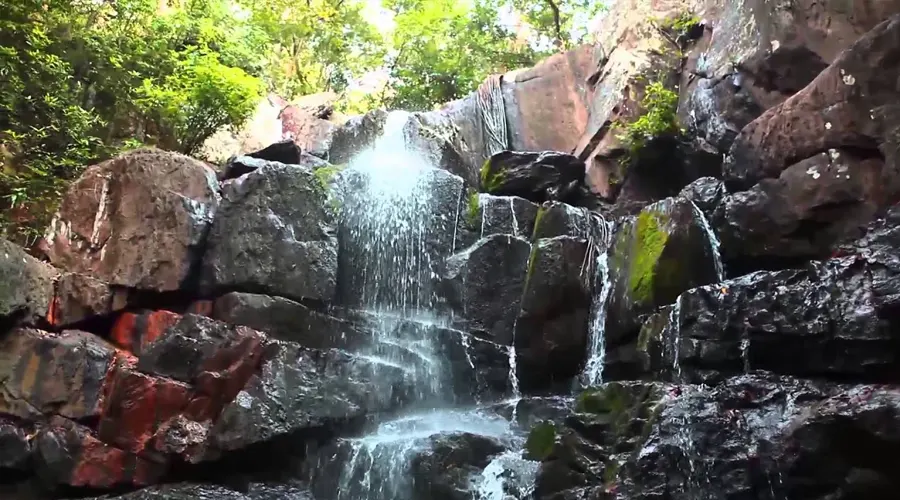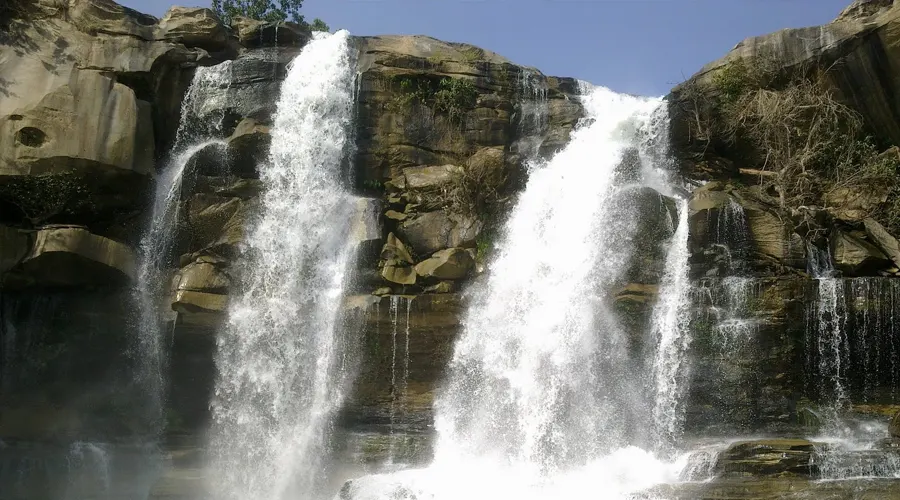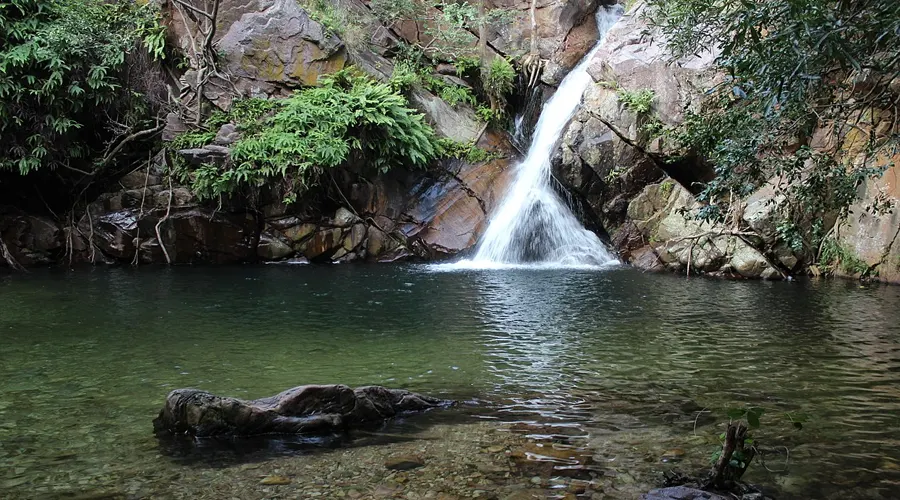Gooty Fort
Situated 300 meters above ground level, Gooty Fort is one of the oldest hill forts in the state and also the country, having witnessed centuries of different rulers, empires, and regimes. The name Gooty is derived from the town's previous original name, Gowthampuri.
Having been designated as a monument of national importance, Gooty Fort is now a famous attraction for alluring visitors owing to its enchanting atmosphere filled with historic ruins and tranquil vistas.
The magnificent Gooty fort has been the stronghold of the Chalukyas, Mughals, Marathas, East India Company, and also the Vijayanagara Empire before the Qutb Shahi dynasty took over. It is well-mentioned as the 'King of Forts' according to various historical inscriptions found here.
The mammoth Gooty Hill covers a vast area surrounded by the town on three sides and the westernmost point houses the citadel of the fort. The ruins of the fort are dotted with numerous different buildings and spaces such as granaries, bastions, gunpowder magazines, ramparts, storerooms, and temples.
History of Gooty Fort
Gooty fort possesses various damaged inscriptions that appear to be from the times of the Western Chalukya Empire, under the rule of Vikramaditya VI. The area later was taken over by the Vijayanagar empire and once was the abode of one of the most powerful Hindu rulers of all time, Krishnadevaraya. The Qutb Shahi dynasty succeeded the Vijayanagar empire and subsequently fell into the hands of the Mughals when their capital of Golconda was annexed.
In the 18th century, Maratha general Murari Rao captured the fort area and revamped the structure to strengthen it. Hyder Ali, the then ruler of the Mysore kingdom and father of Tipu Sultan, forced Murari Rao to surrender when he ran out of water supplies. With the onset of the British invasion of India, the important fort fell into the hands of the British East India Company.
Architecture of Gooty Fort
Gooty fort is a mix of Hindu-Muslim architecture, structured in the shape of a shell and covering an area of approximately 20 acres. It comprises 15 different fort buildings each with its gateway. Built out of granite, lime, and mortar, the ruined structure has withstood the test of time. The vast enclosure is a massive fort complex, housing a series of buildings ranging from granaries to bastions to magazines that have seen centuries of bombardment, sieges, and wars burdened upon them.
The ramshackle memoirs of horse and elephant stables, courtrooms, storerooms, gymnasiums, etc., are still present here. The citadel of the fort is present on the westernmost hill, which now houses two buildings - a granary and a gunpowder magazine, both of which are in ruins. Just adjacent to it lies a 300-meter high cliff, with a space made out of polished limestone. The vantage point called Murari Rao's seat provides a picturesque sight of the town below and uninterrupted views over the horizon.
There are a few temples on the Gooty Fort premises and the ruined Narasimha temple present on top of the hill is said to be the oldest temple in the complex. Numerous inscriptions have been found on the premises that date back to more than a thousand years, with Kannada and Sanskrit dialects. The inscription of the Vijayanagar king, Bukka Raya I, mentions the fort as the King of Forts. There is also evidence of rainwater harvesting being carried out in the fort enclosure!

